The French press, a timeless classic in the world of coffee brewing, offers a unique and immersive experience. Its simple elegance and ability to extract full-bodied flavor have captivated coffee lovers for generations. But achieving that perfect cup goes beyond just the brewing method; it starts with the beans. This guide explores the art of selecting the best coffee beans for your French press, delving into everything from grind size and roast level to flavor profiles and ethical sourcing.
- Understanding the French Press Advantage
- Choosing the Right Roast and Origin
- Grind Size and Brewing Technique: Mastering the Essentials
- Exploring Popular Bean Choices and Brands
- Maintaining Your French Press for Optimal Performance
- The Future of French Press Brewing
- Conclusion: Elevating Your Coffee Ritual
Understanding the French Press Advantage
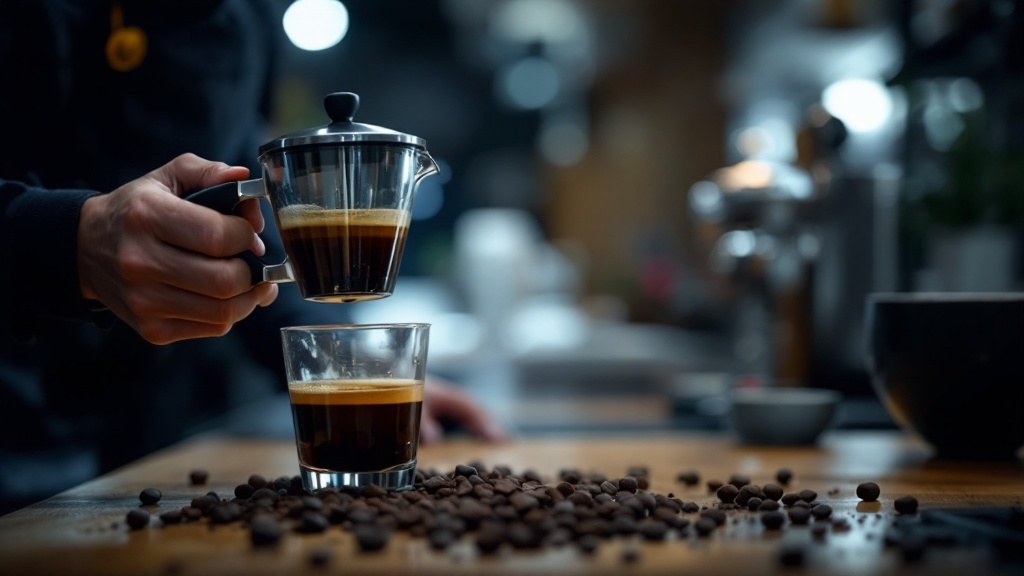
The French press distinguishes itself from other brewing methods through its immersion brewing process. Unlike drip coffee makers or pour-overs, the coffee grounds steep directly in hot water for an extended period, allowing for a richer extraction of oils and nuanced flavors. This results in a cup that is both robust and textured, often described as having a heavier body and a more pronounced mouthfeel.
This immersion method also means the French press is less forgiving of inconsistencies in grind size. Finer particles can slip through the mesh filter, leading to a silty cup. This is why a coarse grind, resembling coarse sea salt, is crucial for a clean and enjoyable French press experience. It allows for optimal extraction while minimizing unwanted sediment.
French Press: Particle Size Impact
The efficacy of French press brewing hinges critically on coffee particle size distribution. Optimal extraction, defined as the efficient solubilization of desirable flavor compounds from the coffee grounds, is directly correlated to grind size. A grind that is too fine results in over-extraction, leading to a bitter, astringent cup with excessive sediment passing through the filter. This is because smaller particles present a significantly larger surface area for water interaction, leading to rapid and excessive extraction of bitter compounds and the release of fines. Conversely, a grind that is too coarse results in under-extraction, yielding a weak, underdeveloped brew lacking body and flavor complexity. This is due to insufficient contact between water and coffee particles, limiting the extraction process.
- Ideal grind size resembles coarse sea salt; larger than drip coffee.
- Over-extraction from fine grinds can lead to a muddy mouthfeel.
- Under-extraction from coarse grinds results in a sour or acidic taste.
- Using a burr grinder ensures consistent particle size for optimal brewing.
- Experimentation helps determine the perfect grind for your beans and taste preference.
| Key Aspect | Grind Size | Extraction Result | Flavor Profile |
|---|---|---|---|
| Fine Grind | Too fine | Over-extraction | Bitter, astringent, muddy mouthfeel |
| Coarse Grind | Too coarse | Under-extraction | Weak, sour, acidic, lacks complexity |
| Ideal Grind | Coarse sea salt | Optimal extraction | Robust, textured, rich, clean |
Choosing the Right Roast and Origin
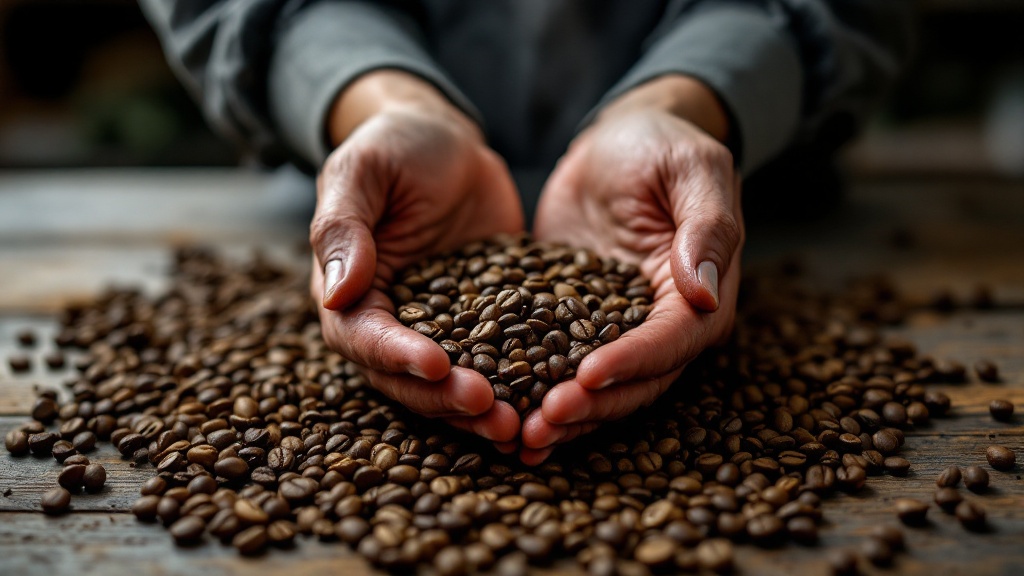
With the French press’s ability to highlight intricate flavors, the world of coffee beans opens up to exciting possibilities. From the bright citrus notes of Ethiopian Yirgacheffe to the earthy depths of Sumatra Mandheling, each origin offers a unique character waiting to be explored. Lighter roasts tend to showcase the bean’s origin characteristics more prominently, while darker roasts offer a bolder, more intense cup with notes of chocolate and caramel.
For a brighter, more acidic cup, consider beans from East Africa, like Kenyan or Ethiopian varieties. These often feature floral aromas and citrusy flavors. If you prefer a balanced, medium-bodied cup, Colombian Supremo is a classic choice with its notes of caramel and nuttiness. For a bolder, earthier experience, Sumatra Mandheling delivers a heavy body and low acidity. Experimenting with different origins and roast levels is key to finding your perfect French press match.
Roast Degree & Flavor Development
The Maillard reaction and caramelization are crucial chemical processes significantly impacting the flavor profile of roasted coffee beans. The Maillard reaction, occurring between 240°F and 330°F (116°C and 166°C), involves the reaction of amino acids and reducing sugars, creating hundreds of volatile and non-volatile compounds responsible for the characteristic aroma and flavor notes. This reaction’s extent directly correlates with the roast degree; lighter roasts will exhibit less Maillard reaction, preserving more of the bean’s origin-specific characteristics. Conversely, darker roasts undergo a more extensive Maillard reaction, resulting in a reduced expression of the bean’s inherent qualities and the emergence of more roast-derived flavors such as chocolate, caramel, and nutty notes. This is further complicated by caramelization, a separate process that occurs at temperatures above 330°F (166°C) and involves the breakdown of sugars into characteristic flavor compounds. The precise temperature control and duration of roasting are critical variables in manipulating these chemical processes.
- Lighter roasts highlight acidity and origin-specific flavors like floral or fruity notes.
- Medium roasts offer a balance between origin character and roast-derived flavors, showcasing a wider range of taste profiles.
- Caramelization contributes sweeter, richer notes like molasses or butterscotch to darker roasts.
- Pyrolysis, occurring at temperatures above 350°F (177°C), creates smoky and bitter flavors in very dark roasts.
- Bean density and moisture content influence roasting times and the final flavor outcome.
- The “first crack” and “second crack” sounds during roasting mark significant stages of Maillard reaction and caramelization.
Grind Size and Brewing Technique: Mastering the Essentials
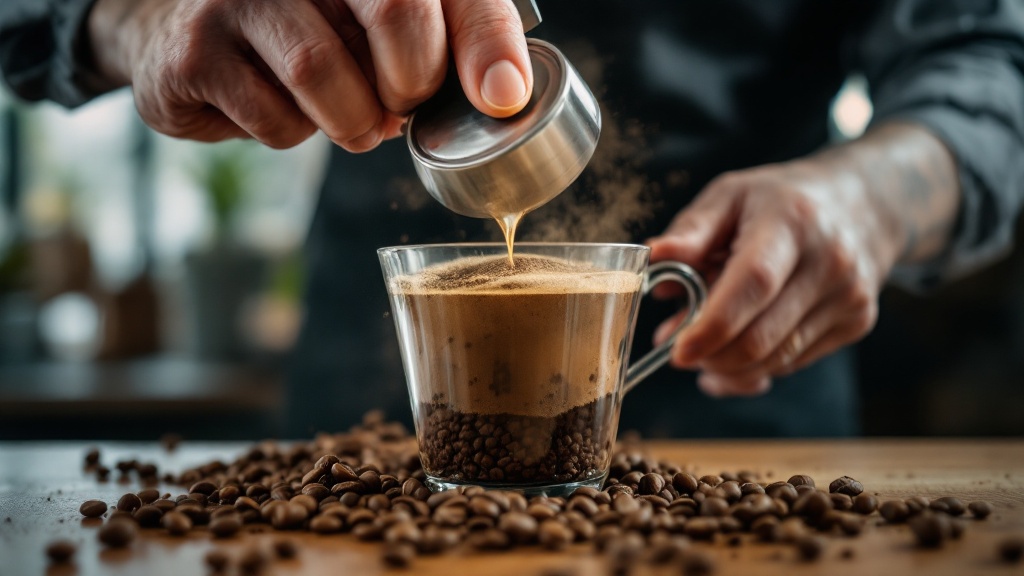
As mentioned earlier, the grind size is paramount to French press success. Aim for a coarse grind, approximately 1.0-1.5mm, to prevent over-extraction and a muddy cup. Invest in a quality burr grinder for consistent particle size, as this is crucial for even extraction. A blade grinder, while more affordable, can produce uneven grounds leading to inconsistent brewing.
The ideal coffee-to-water ratio is generally 1:15, meaning 30 grams of coffee for 450ml of water. Water temperature is equally important, with 195-205°F (90-96°C) considered the sweet spot. After a four-minute brew time, gently press the plunger down and serve immediately to avoid over-extraction and bitterness.
Burr Grinder Particle Size Analysis
Consistent particle size distribution is critical for achieving optimal extraction in French press brewing. Blade grinders, due to their random cutting action, produce a wide range of particle sizes, resulting in uneven extraction. Finer particles over-extract, leading to bitterness and astringency, while coarser particles under-extract, resulting in a weak and sour brew. Burr grinders, on the other hand, utilize two abrasive burrs to precisely grind coffee beans, producing a much more uniform particle size distribution. This uniformity ensures that all grounds are exposed to hot water for a similar duration, leading to a more balanced and flavorful extraction.
- Burr grinders offer adjustable grind size settings, allowing for precise control over particle size distribution to suit different brewing methods (e.g., espresso, drip, French press).
- The consistent particle size from burr grinders minimizes channeling, a common problem in pour-over and drip brewing where water finds paths of least resistance, leading to uneven extraction.
- Higher-end burr grinders use conical or flat burrs made from materials like stainless steel or ceramic, impacting grind quality and longevity.
- Proper burr grinder maintenance, including regular cleaning and burr alignment checks, is crucial for maintaining consistent particle size and optimal performance.
- Compared to blade grinders, burr grinders generally produce less heat during grinding, preserving the volatile aroma compounds in coffee beans.
Exploring Popular Bean Choices and Brands
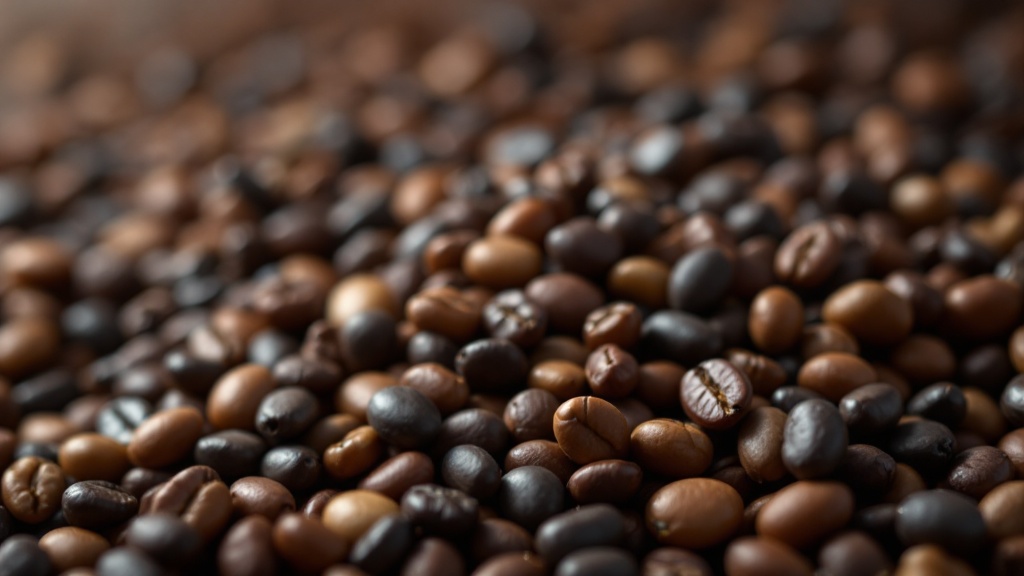
The specialty coffee movement has brought a wealth of high-quality beans to the forefront, perfect for showcasing the French press’s strengths. Stumptown Coffee Roasters’ “Hair Bender” blend is a popular choice for its complex flavor profile, while Blue Bottle Coffee offers a selection of single-origin beans specifically recommended for immersion brewing.
Beyond these popular brands, explore local roasters and online retailers specializing in ethically sourced and sustainably grown beans. Look for certifications like Fair Trade and Organic, which indicate a commitment to ethical and environmental practices. By supporting these businesses, you’re contributing to a more sustainable coffee industry while also discovering unique and exciting flavor profiles.
Bean Roast Level Impact
The roast level of coffee beans significantly impacts the extraction process in French press brewing, influencing the final cup’s flavor profile and body. Different roast levels exhibit varying densities and surface areas, affecting the rate at which water extracts soluble compounds during the steeping process. Lighter roasts, characterized by higher acidity and brighter flavors, possess a more porous structure. This porosity allows for faster extraction, potentially leading to over-extraction if brewing parameters are not carefully controlled. Over-extraction manifests as a bitter and astringent cup, with increased perceived harshness. Conversely, darker roasts, known for their lower acidity and bolder, more robust flavors, have a denser structure resulting in slower extraction. Under-extraction in darker roasts can result in a weak, sour, and underdeveloped cup lacking the desired depth of flavor.
- Light roasts often require shorter brew times to avoid bitterness, while darker roasts need longer times for full extraction.
- The bean’s origin and processing method also influence extraction, interacting with the roast level’s effects.
- Grind size is crucial; a coarser grind is generally recommended for lighter roasts to manage faster extraction.
- Water temperature plays a significant role; slightly lower temperatures might be preferable for lighter roasts to mitigate over-extraction.
- Experimentation is key to finding the optimal brew time and grind size for your chosen roast level and desired flavor profile.
Maintaining Your French Press for Optimal Performance
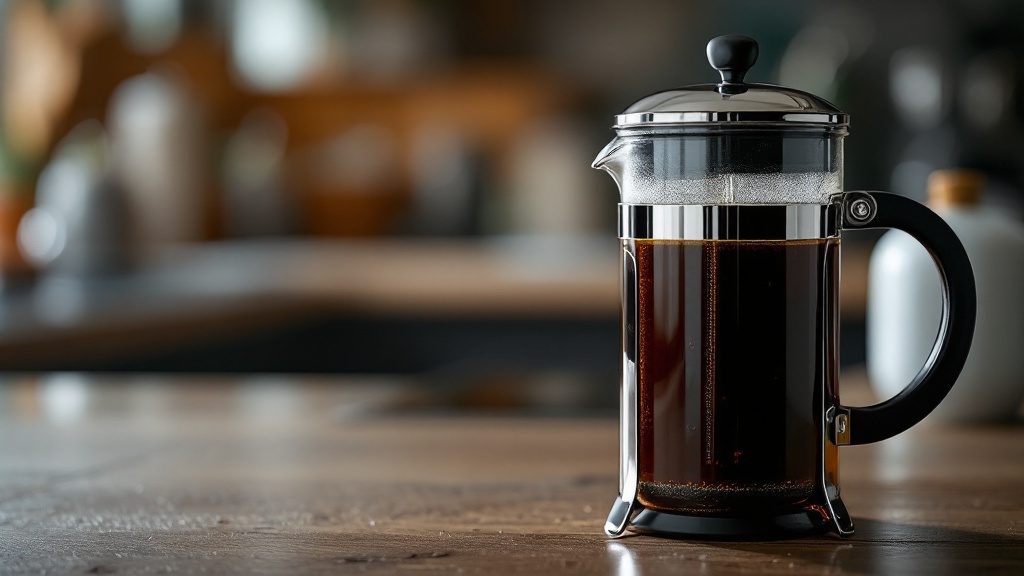
Proper care and maintenance of your French press are essential for ensuring consistently delicious coffee. Regularly disassemble the plunger and thoroughly clean all components to prevent oil buildup and off-flavors. Rinse the mesh filter after each use and replace it periodically to ensure optimal filtration.
Storing your coffee beans correctly is equally important. Keep them in an airtight container in a cool, dark place to preserve their freshness and aroma. Avoid storing beans in the freezer, as this can introduce moisture and negatively impact flavor. Grinding your beans immediately before brewing is also crucial for maximizing flavor and aroma.
French Press Mesh Filtration
The efficacy of French press brewing hinges significantly on the integrity of its mesh filter. This filter, typically composed of a stainless steel or nylon mesh, is responsible for separating the coffee grounds from the brewed coffee. Microscopic imperfections or degradation of the mesh can lead to increased sediment in the final brew, impacting both texture and taste. The mesh’s pore size, although not often specified by manufacturers, directly influences the rate of extraction and the overall body of the coffee. A finer mesh generally results in a slower extraction, potentially yielding a more nuanced flavor profile, while a coarser mesh accelerates extraction, leading to a potentially bolder, but potentially less refined, cup. Regular inspection for tears, warping, or significant buildup of coffee oils is crucial. Visible damage necessitates immediate replacement to prevent compromised filtration. Over time, even without visible damage, the mesh may become clogged with fine coffee particles, reducing its efficiency. This manifests as a muddier, less clear brew with a potentially bitter aftertaste. This can occur even with meticulous cleaning.
- Mesh material affects filtration: Stainless steel is more durable than nylon, resisting warping and degradation longer.
- Pore size isn’t standardized: Manufacturers rarely specify micron size, making consistent filtration comparisons difficult.
- Regular backflushing helps: A quick rinse with hot water in reverse can dislodge fine particles, extending mesh life.
- Coffee oil buildup is key: Persistent oil buildup can blind the mesh, even if no tears are visible, causing a cloudy brew.
- Replacement is inexpensive: A new mesh filter is a low-cost investment that significantly improves brew quality.
The Future of French Press Brewing
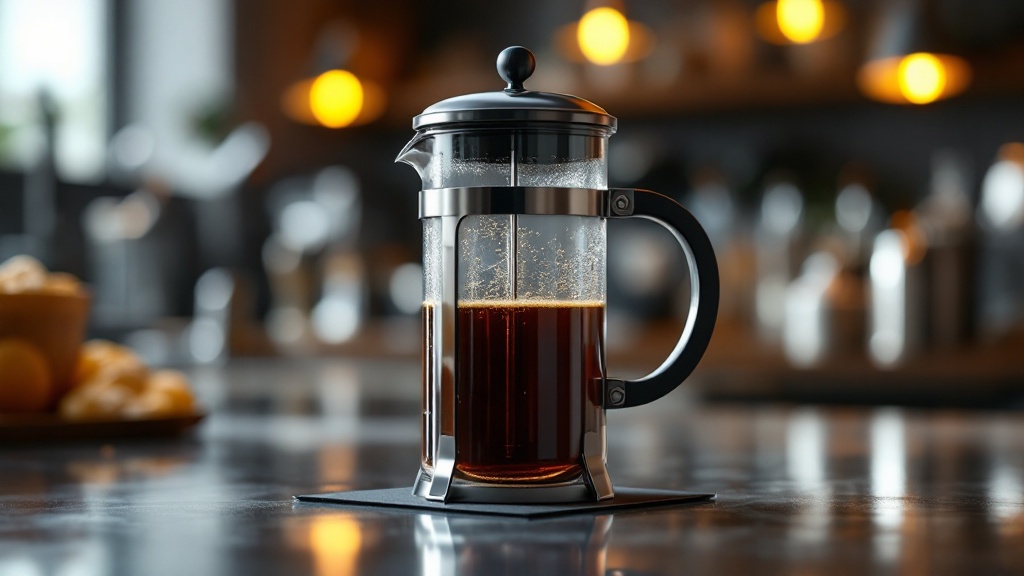
Innovation continues to shape the world of coffee, and the French press is no exception. From improved filters and temperature-controlled models to sustainable materials and sleek designs, the future of French press brewing looks bright.
Electric French presses with built-in temperature control are gaining popularity, offering greater precision and consistency. Double and triple mesh filters are becoming more common, further reducing sediment in the final cup. And with a growing emphasis on sustainability, brands are increasingly using recycled materials in their production processes.
French Press Mesh Optimization
The efficacy of French press brewing hinges significantly on the filtration system, specifically the mesh filter’s pore size and material. Traditional single-layer stainless steel meshes, while durable, often allow for excessive fine sediment passage, impacting the final cup’s clarity and mouthfeel. Recent innovations focus on mitigating this issue through the introduction of multi-layered filters and alternative materials. Double and triple mesh filters, featuring varying pore sizes in successive layers, act as a graded sieve, effectively trapping more fine particles while maintaining adequate water flow. For example, a design might incorporate a coarse outer layer for rapid initial percolation, followed by a finer inner layer to remove smaller coffee particles. This layered approach minimizes sediment without sacrificing brew time significantly.
- Nylon and other polymer mesh filters offer finer filtration than stainless steel while being less prone to rust.
- Some high-end French presses utilize a combination of mesh and paper filters for superior clarity.
- The ideal pore size for the outer layer is generally between 200-300 microns for efficient initial flow.
- A finer inner mesh layer (50-100 microns) significantly reduces sediment passage without overly restricting flow.
- Improperly cleaned filters can lead to clogging and reduced filtration efficiency, affecting the final brew.
Conclusion: Elevating Your Coffee Ritual

The French press offers a simple yet rewarding way to experience the nuanced flavors of specialty coffee. By understanding the importance of grind size, roast level, and bean origin, you can unlock a world of flavor possibilities. Invest in quality beans, master the brewing technique, and maintain your equipment to elevate your coffee ritual and enjoy the perfect cup every time.
French Press: Grind Size Optimization
Achieving optimal extraction in French press brewing relies heavily on selecting the appropriate grind size. Too coarse a grind results in under-extraction, yielding a weak, sour cup lacking body and nuanced flavor notes. Conversely, too fine a grind leads to over-extraction, producing a bitter, astringent brew with a muddy mouthfeel. The ideal grind for French press is characterized by a relatively coarse texture, resembling coarse sea salt. This larger particle size allows for sufficient surface area contact with the water during the steeping process, promoting even extraction without excessive fines leading to oversaturation and bitterness.
- Use a burr grinder for consistent particle size, avoiding uneven extraction.
- Adjust grind coarser if your brew is too bitter or astringent; finer if weak and sour.
- Visual comparison: The ideal grind should resemble coarse sea salt or granulated sugar.
- Over-extraction can also lead to a harsh, unpleasant aftertaste.
- Under-extraction often results in a thin, watery brew lacking complexity.
- Experimentation is key; note your grind setting and taste results to refine your technique.
| Grind Size | Too Coarse | Too Fine | Ideal Grind |
|---|---|---|---|
| Extraction Result | Weak, sour, lacks body | Bitter, astringent, muddy | Even extraction, balanced flavor |
| Grind Texture | Very coarse | Very fine | Coarse sea salt |
| Adjustment Tip | Grind finer | Grind coarser | Experiment, note settings |

